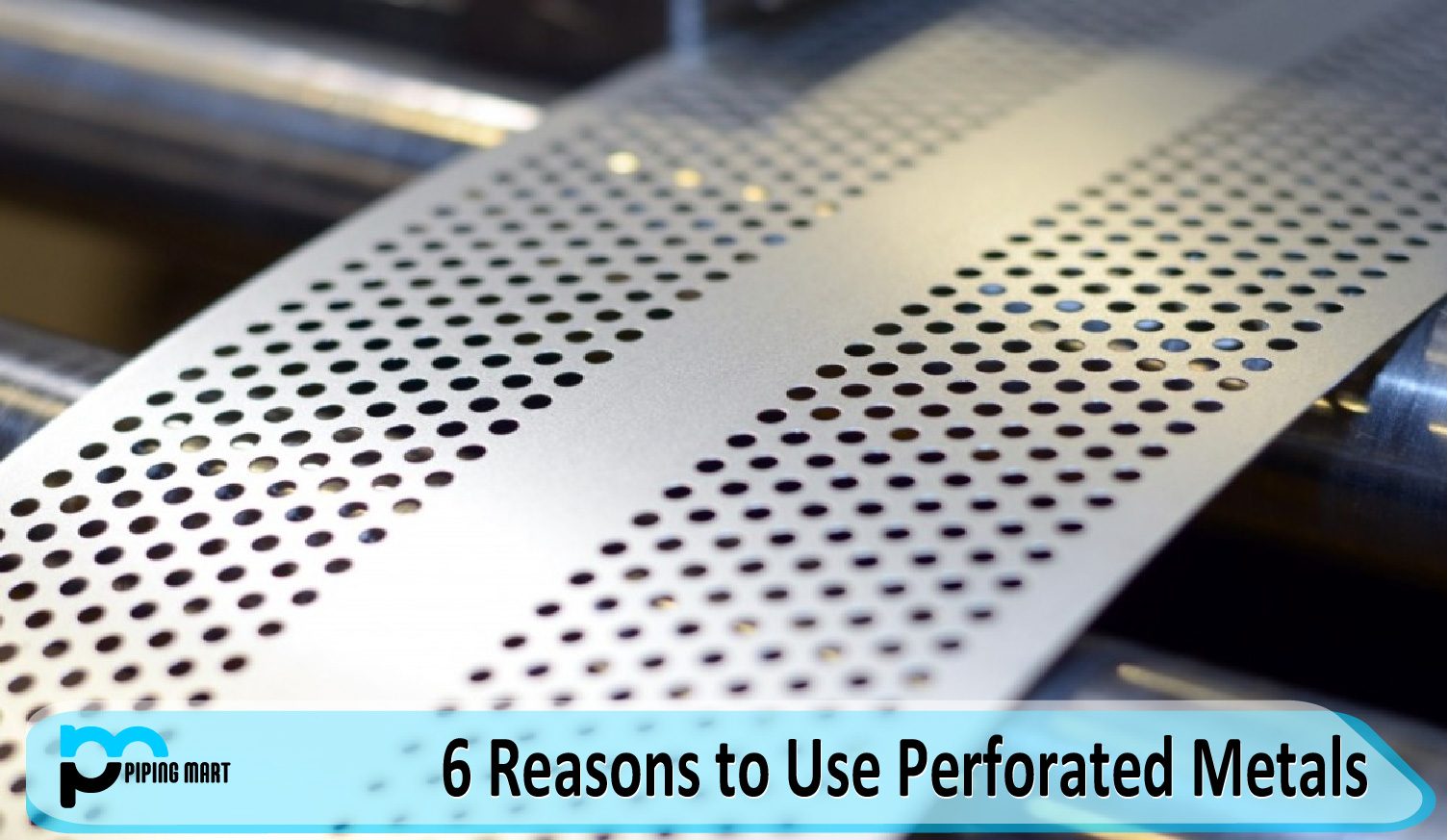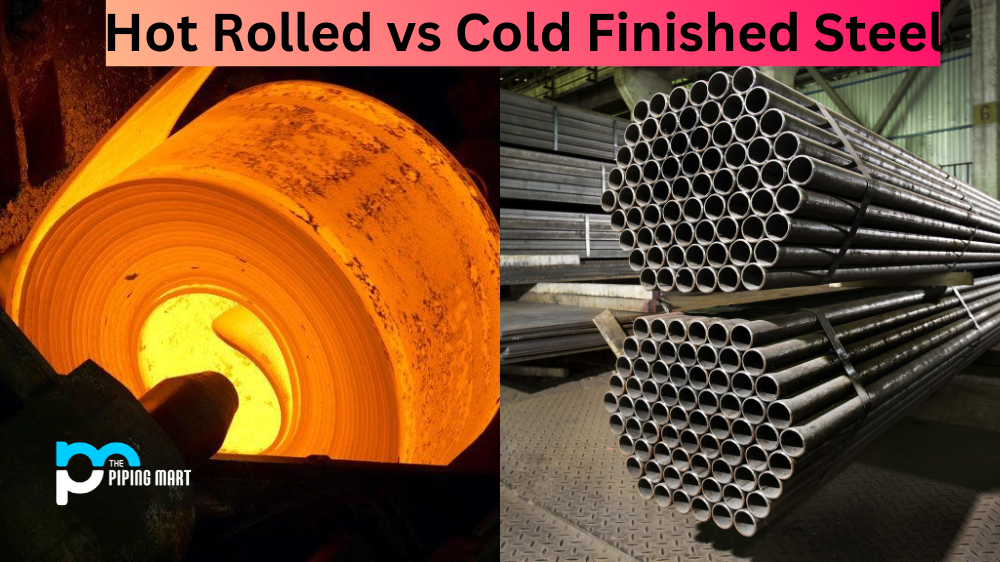There are various methods for the finishing process, but the most common are electropolishing and mechanical polishing. Both methods improve the surface finish of metal parts, remove impurities, and enhance their corrosion resistance. While both techniques have benefits and drawbacks, choosing the right one depends on various factors, such as the type of metal, the application, and the desired finish. This blog post will discuss the differences between electropolishing and mechanical polishing, their advantages and disadvantages, and how to choose the best option for your needs.
What is Electropolishing?
Electropolishing is an electrochemical process that removes a thin layer of surface material to improve the surface quality and enhance the part’s performance. The method is most commonly used on stainless steel, aluminium, and other alloys that require a smooth and highly reflective surface finish. One of the main benefits of electropolishing is that it eliminates surface imperfections such as scratches, nicks, and other defects, creating a uniform, corrosion-resistant finish. Since electropolishing is an electrochemical process, it can also deburr the surface. It can remove microscopic burrs that often remain after other mechanical processes such as grinding, milling, and turning. On the downside, electropolishing can be expensive, time-consuming, and requires specialized equipment and experienced technicians.
What is Mechanical Polishing?
Mechanical polishing, on the other hand, is a process that involves the use of abrasive materials such as sandpaper, polishing cloth, or diamond grit to create a smooth and polished surface finish. Unlike electropolishing, mechanical polishing is purely mechanical, making it more accessible and cost-effective. It is widely used in various industries, including automotive, aerospace, and medical, to improve surface roughness and remove surface flaws that can hinder the part’s performance. Mechanical polishing can create various surface finishes, such as mirror-like, brushed, or matte depending on the abrasive material used. However, mechanical polishing can also result in surface damage due to its abrasive nature, leading to corrosion and other issues over time.
Difference Between Electropolishing and Mechanical Polishing
Advantages and Disadvantages
Electropolishing and mechanical polishing have advantages and disadvantages, and choosing the right method depends on various factors. Electropolishing can create a highly uniform, corrosion-resistant, and burr-free surface finish, but it can also be expensive, time-consuming, and requires specialized equipment and expertise. On the other hand, mechanical polishing is more accessible, versatile, and cost-effective. Still, it can also result in surface damage, limited control over surface finish, and can be less effective in removing microscopic burrs. Ultimately the right method depends on your desired finish, application, and budget.
How to Choose the Right Method
When choosing between electropolishing and mechanical polishing, there are various factors to consider, such as the desired finish, the type of metal, and the application. Electropolishing may be the best option if you require a highly uniform, corrosion-resistant, and burr-free surface finish for a specific metal type, such as stainless steel. If you need a more versatile and cost-effective solution with more control over the surface finish, mechanical polishing may be the best choice. Ultimately, your decision should be based on your specific needs and budget.
- Electropolishing is a process that uses electrical current to remove metal from a surface.
- Mechanical polishing is a process that uses abrasive materials to remove metal from a surface.
- Electropolishing is more precise than mechanical polishing and can produce a smoother finish.
- Electropolishing is faster than mechanical polishing and can be used on larger surfaces.
- Electropolishing is more expensive than mechanical polishing and requires specialized equipment.
Conclusion
In conclusion, electropolishing and mechanical polishing effectively improve metal parts’ surface finish and corrosion resistance. Each method has advantages and disadvantages, and choosing between the two depends on the desired finish, the type of metal, and the application. Electropolishing is expensive but creates a highly uniform, burr-free, and corrosion-resistant surface finish. At the same time, mechanical polishing is more affordable, versatile, and accessible, but it can potentially damage the surface and limit control over the finish. When in doubt, consult an experienced finishing expert to choose the best method for your needs.

Hey, I’m Krutik, a casual blogger expert in the metal industry. I am passionate about providing valuable information to my readers. With a background in engineering and construction, I like playing Cricket & watching Netflix shows in my free time. Thank you for visiting my blog, and I hope you find my information helpful!




